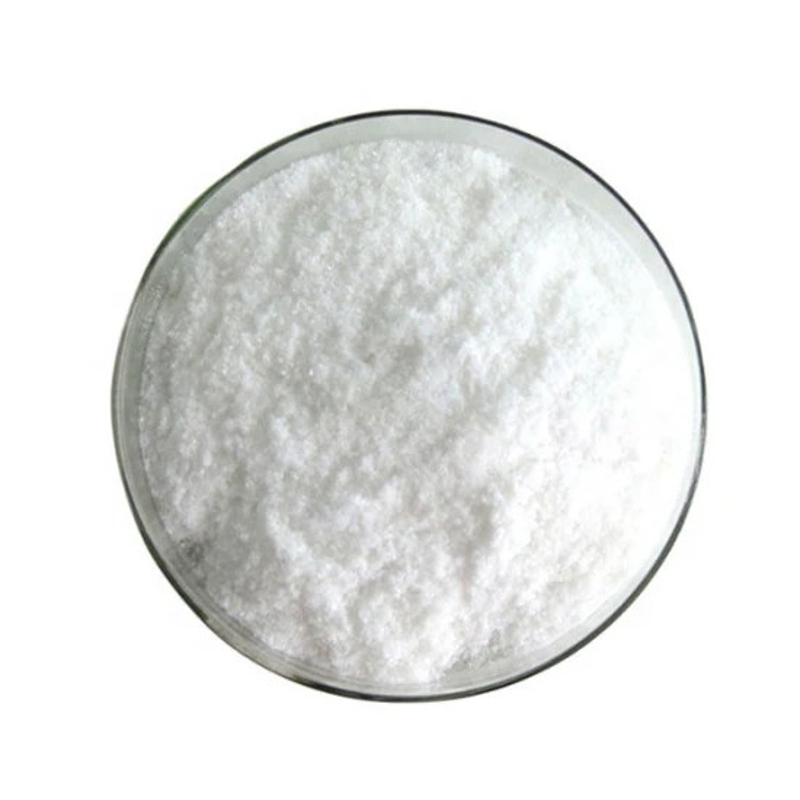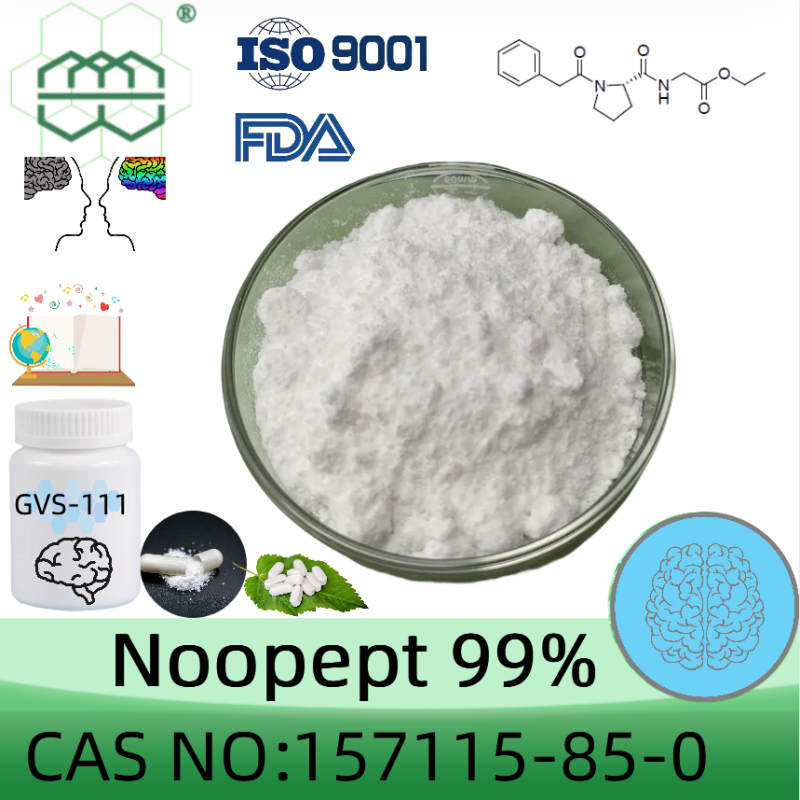-
Categories
-
Pharmaceutical Intermediates
-
Active Pharmaceutical Ingredients
-
Food Additives
- Industrial Coatings
- Agrochemicals
- Dyes and Pigments
- Surfactant
- Flavors and Fragrances
- Chemical Reagents
- Catalyst and Auxiliary
- Natural Products
- Inorganic Chemistry
-
Organic Chemistry
-
Biochemical Engineering
- Analytical Chemistry
-
Cosmetic Ingredient
- Water Treatment Chemical
-
Pharmaceutical Intermediates
Promotion
ECHEMI Mall
Wholesale
Weekly Price
Exhibition
News
-
Trade Service
On 27 June 2022, the Food Standards Agency (FSA) and Food Standards Scotland (FSS) published their annual review of food standards in the UK, describing the main changes to food standards between 2019 and 202 The report mainly consists of five parts: (1) eating habits and food choices on the national table; (2) imported food safety and its impact on standards; (3) the latest trends in food accidents and food crime; (4) withdrawal from the European Union Influence on food information; (5) Hygiene standards for food and feed enterpris.
The report suggests that overall food safety standards will remain largely unchanged during 202 However, the COVID-19 pandemic has disrupted regular inspections, sampling and audits of the entire food system, reducing the amount of data available to assess compliance with food law requirements, changing consumer behavior patterns, and leading to significant risks ahead: 1 This is due to a drop in the number of inspections of food establishments as local authorities face resource pressur.
Second, the UK has delayed comprehensive import controls on high-risk food and feed from the EU, reducing the ability to prevent unsafe food from entering the UK mark.
The report suggests that overall food safety standards will remain largely unchanged during 202 However, the COVID-19 pandemic has disrupted regular inspections, sampling and audits of the entire food system, reducing the amount of data available to assess compliance with food law requirements, changing consumer behavior patterns, and leading to significant risks ahead: 1 This is due to a drop in the number of inspections of food establishments as local authorities face resource pressur.
Second, the UK has delayed comprehensive import controls on high-risk food and feed from the EU, reducing the ability to prevent unsafe food from entering the UK mark.







